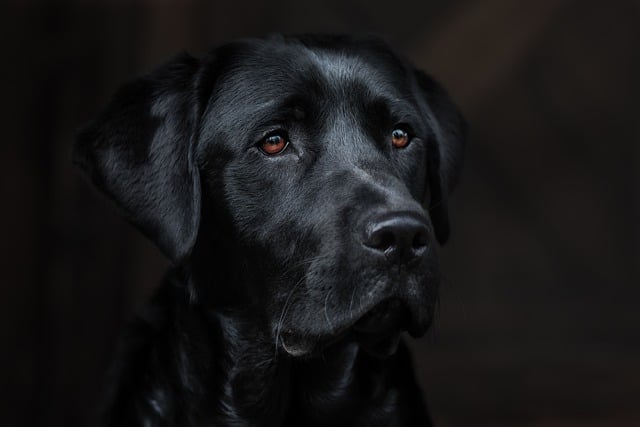
How do I make my dog poop in a specific spot?
If you’ve ever chased your dog around the yard trying to get them to go potty in one place, you know how frustrating inconsistent habits can be.
Welcoming a Belgian Malinois puppy home? Their energy and intelligence are incredible, but toilet training needs focus. Let’s break down how to teach your spirited pup with patience and breed-specific know-how.
Malinois are working dogs—they thrive on routine. Choose a designated toilet spot early (like a yard corner or artificial turf) and stick to it. Consistency is key; their sharp minds pick up patterns fast, making habits easier to form.
Start training at 8–12 weeks old, when they’re ready to learn but need frequent breaks (every 30–60 minutes). Watch for signals: sniffing, circling, or stopping play. Their high activity means they’ll need to go often, so stay alert during and after meals, naps, or playtime.
Crate training is perfect for this breed. Use a crate just big enough to stand and turn—too large may encourage soiling. Place it near you, and always take them straight to the toilet spot when you let them out. A calm command like “go potty” helps them connect the action to the cue.
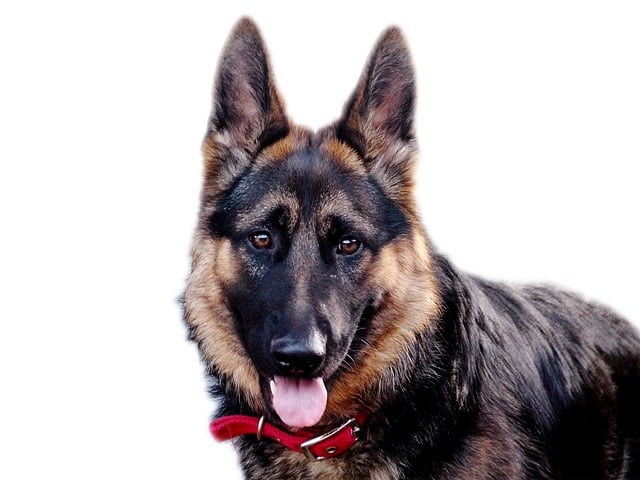 Positive reinforcement drives results. When they toilet correctly, praise enthusiastically, offer a small high-value treat, and add a quick play session. Malinois live to please, so this strengthens both training and your bond—critical for a breed that values partnership.
Positive reinforcement drives results. When they toilet correctly, praise enthusiastically, offer a small high-value treat, and add a quick play session. Malinois live to please, so this strengthens both training and your bond—critical for a breed that values partnership.
For outdoor training, start in your yard until they’re fully vaccinated (16 weeks). Once safe, use walks but always carry biodegradable bags—cleaning up is both law and courtesy, especially important for a breed that draws attention in public.
Accidents happen—stay calm. Clean messes with enzymatic cleaners to remove scent (their nose is powerful!), and never scold. If you catch them in the act, gently interrupt and rush them to the toilet spot. Focus on rewarding the right behavior, not punishing mistakes.
Nighttime training needs vigilance for young pups. Keep the crate near your bed and expect 1–2 midnight breaks. Take them out quickly, no play, then back to sleep. As they grow (5–6 months), bladder control improves, and they’ll sleep longer.
In apartments, use balcony pads or designated grass areas, following rental rules. The goal remains: consistency in location and routine, with plenty of praise when they succeed.
If progress stalls, check exercise and mental stimulation—bored Malinois may resist. A tired pup is a focused pup! If issues persist, consult your vet to rule out health problems; responsible care always includes prioritizing their well-being.
In the end, toilet training a Malinois is a team effort. Their smarts and desire to connect make them great learners—just stay patient and clear. Celebrate small wins, and trust that with time, your pup will master it.

If you’ve ever chased your dog around the yard trying to get them to go potty in one place, you know how frustrating inconsistent habits can be.
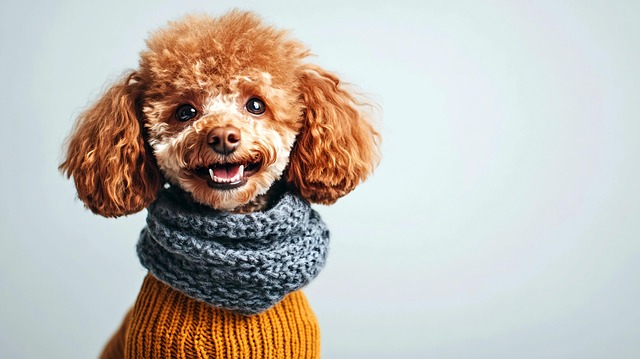
Giant Poodles sit near the top of the list for intelligent dog breeds, and that smarts makes them quick to pick up on training cues—if you approach it the right way.
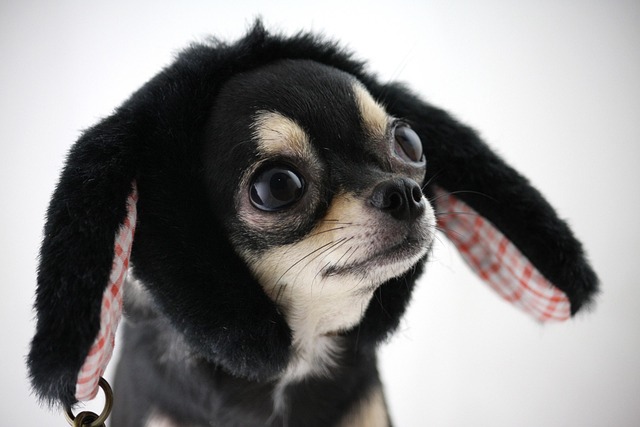
Chihuahuas are tiny but mighty, and their small bladders mean accidents inside can happen more often than with larger breeds. Start by sticking to a strict schedule—take them out first thing in the morning, right after meals, and before bed.
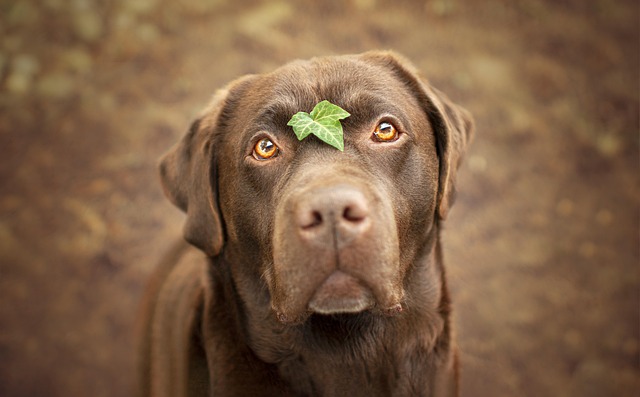
Many Labrador owners find themselves frustrated when their fluffy pups don’t pick up commands as quickly as expected.
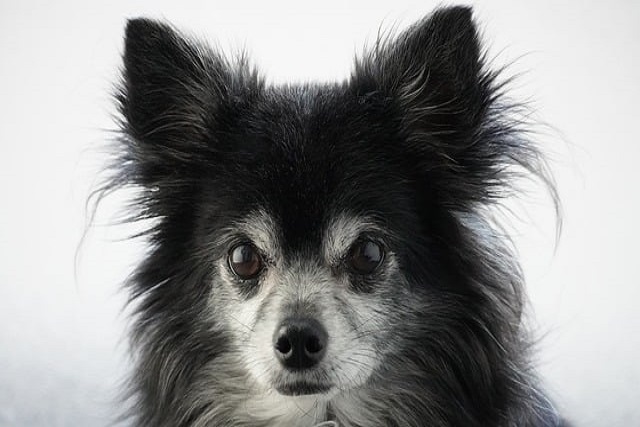
Witnessing your dog display aggression is deeply concerning, and the immediate question of what you can "give" them to make it stop is a natural one.

That moment your dog's hackles rise and a low growl rumbles from their throat at the sight of another canine can turn a pleasant walk into a stressful ordeal.